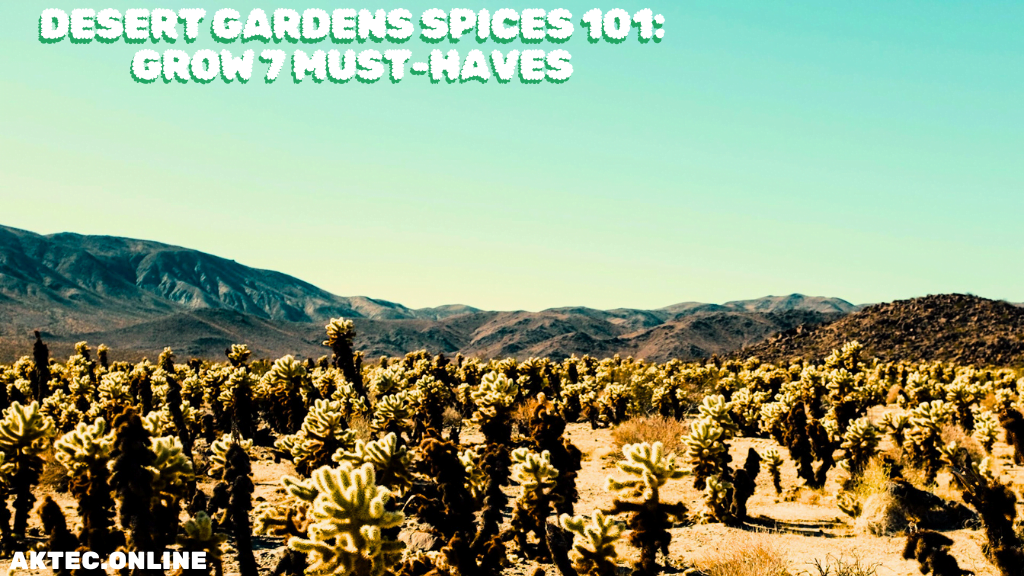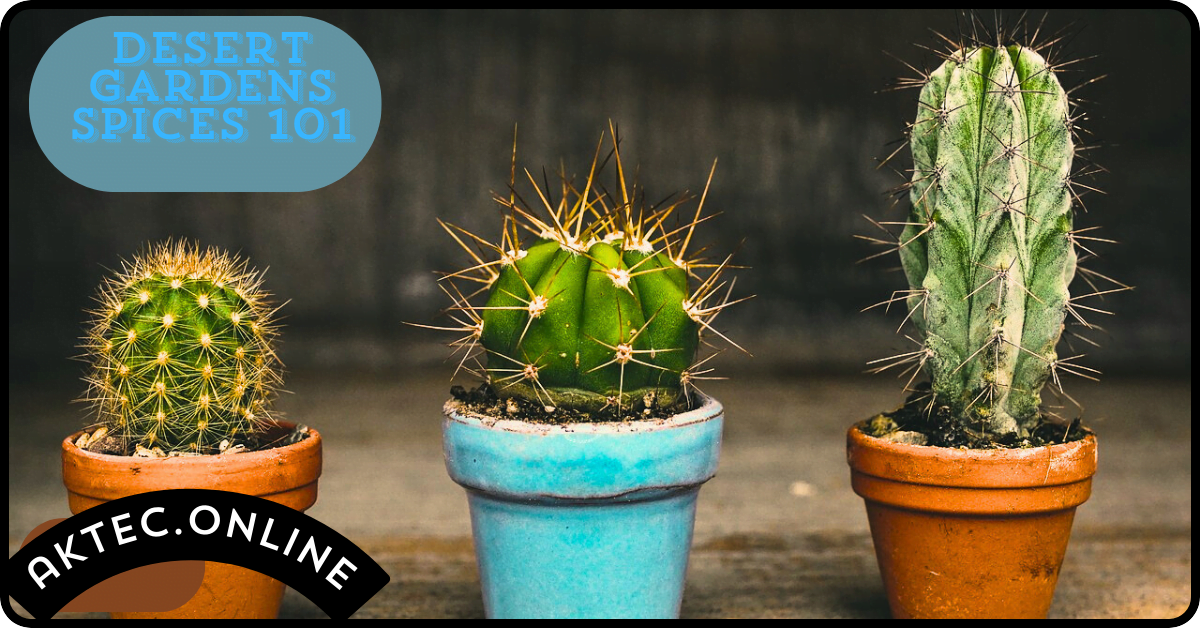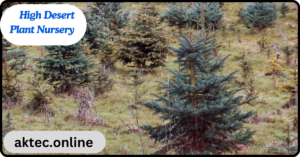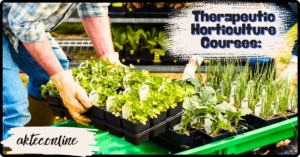
Unleash the fragrance and flavor of desert gardens spices. Discover health benefits, culinary uses and secrets to growing your own fragrant oasis.
Introduction to Desert Gardens Spices
Desert gardens, with their tenacious spirit and vibrant colors, hold a treasure trove of unique flavors. Desert gardens spices are not just culinary delights, but also hold deep cultural significance and boast a surprising range of health benefits. Let’s embark on a journey to explore the captivating world of these aromatic gems.
Desert gardens defy the odds, thriving in harsh environments with limited water. Their success lies in their remarkable adaptations, including deep root systems for accessing water reserves and specialized leaves that minimize water loss. These same adaptations contribute to the intense flavor profiles of desert gardens spices.
Desert gardens spices are derived from these resilient plants, capturing the essence of the desert itself. From the fiery heat of chilies to the earthy depth of cumin, these spices have been used for centuries to add flavor and complexity to dishes.
The history of desert gardens spices is as rich and diverse as the deserts themselves. Evidence suggests their use dates back to ancient civilizations, with archaeological finds revealing cumin seeds in Egyptian tombs and references to cinnamon in Chinese texts thousands of years old.
Throughout history, desert cultures have revered these spices not just for their taste, but also for their medicinal properties.
From ancient Egyptians using cumin for digestive ailments to the use of turmeric in Indian Ayurvedic practices, desert gardens spices have a rich tapestry woven into the fabric of human history.
The Silk Road, a network of trade routes that snaked its way across Asia, played a crucial role in bringing these desert gardens spices to far-flung corners of the world. Today, desert gardens spices remain a cornerstone of cuisines across the globe, adding a touch of the desert to dishes from Mexico to Morocco to India.
Unveiling the Benefits and Culinary Applications of Desert Gardens Spices
Desert gardens spices offer a bounty of health benefits beyond their captivating flavors. Many of these benefits are attributed to the high concentration of phytochemicals, natural plant compounds with antioxidant and anti-inflammatory properties. Here’s a closer look at some popular desert gardens spices and their health advantages:
Chili peppers
Packed with vitamin C and capsaicin, a compound that gives chilies their heat. Capsaicin has been shown to aid digestion, boost metabolism, and possess potential anti-inflammatory properties. When incorporating chilies into your diet, explore different varieties for varying degrees of heat, allowing you to customize the spice level to your preference.
Cumin
A great source of iron and manganese, essential minerals for healthy blood production and enzyme function. Cumin also boasts digestive benefits and may help regulate blood sugar levels. Look for whole cumin seeds for the most intense flavor, and toast them gently before grinding to release their full aromatic potential.
Turmeric
This golden spice contains curcumin, a powerful antioxidant with potential benefits for joint health, cognitive function, and even cancer prevention. Fresh turmeric root can be grated or juiced for use in dishes, while ground turmeric is readily available in most grocery stores.
Cinnamon
Known for its warming properties, cinnamon may help regulate blood sugar and improve insulin sensitivity. It also boasts anti-inflammatory and antimicrobial properties. Explore different varieties of cinnamon, like Ceylon cinnamon with its delicate sweetness, for a variety of culinary applications.
Culinary uses of desert gardens spices are as diverse as the deserts themselves. Here’s a glimpse into some popular spices and their culinary applications:
Cumin
Adds a warm, earthy note to curries, stews, lentil dishes, and roasted vegetables. Ground cumin is a common ingredient in garam masala, a complex Indian spice blend. Explore using whole cumin seeds in tempering oils for curries and stews to release their flavor gradually.
Coriander seeds
Lend a citrusy aroma to marinades and rubs for meats and poultry. Fresh coriander leaves, also known as cilantro, add a bright, herbaceous flavor to salsas, guacamole, and curries. Experiment with toasting coriander seeds before grinding for a deeper, nuttier flavor profile.
Chilies
Bring a fiery kick to salsas, stir-fries, chili, and stews. Desert gardens spices offer a vast array of chilies, from the mild and smoky chipotle peppers to the fiery habaneros. Dry chilies can be crushed or ground, while fresh chilies can be sliced, diced, or even muddled for a touch of heat.
Cinnamon
Infuses desserts with its warm, comforting sweetness. Cinnamon sticks can also be used to add depth to savory dishes like stews and tagines. Explore using different forms of cinnamon, like ground cinnamon for baked goods or cinnamon sticks for simmering in soups and stews.
Garlic
A staple in many cultures, garlic adds a pungent, savory flavor to countless dishes
Garlic
A staple in many cultures, garlic adds a pungent, savory flavor to countless dishes. While not technically a spice (it’s a bulb), garlic thrives in dry climates and is often included alongside desert gardens spices. Experiment with roasting garlic cloves for a mellower, sweeter flavor or mince them fresh for a sharper bite.
Beyond the Flavor
Exploring the Cultural Significance of Desert Gardens Spices
Desert gardens spices transcend mere culinary applications; they hold deep cultural significance in the regions where they originated. Here are some examples:
Chilies
In Aztec culture, chilies were revered for their medicinal properties and used in religious ceremonies. Today, chilies remain a cornerstone of Mexican cuisine, adding heat and depth to countless dishes.
Cumin
Cumin seeds were found in ancient Egyptian tombs, suggesting their use in religious rituals. In India, cumin is considered auspicious and often used in wedding ceremonies. Its earthy aroma and flavor are integral to many regional Indian cuisines.
Turmeric
In Hinduism, turmeric is considered sacred and used in religious rituals. It also holds a significant place in Ayurvedic medicine, believed to possess healing properties. The vibrant yellow color of turmeric adds a touch of festivity to Indian dishes.
Cinnamon
Cinnamon sticks were once considered a precious commodity, used by royalty and revered for their medicinal properties in ancient China. Today, cinnamon remains a popular spice in Asian cuisine, adding warmth and sweetness to both sweet and savory dishes.
Cultivating Your Own Fragrant Oasis

A Guide to Growing Desert Gardens Spices
The beauty of desert gardens spices is that many of them can be grown right in your own home! Most desert spice plants thrive in warm, dry climates with well-draining soil. Here’s a guide to get you started:
Choosing the right plants
Cumin
This low-maintenance herb produces fragrant seeds that can be harvested and dried for later use. Cumin prefers full sun and well-drained soil. Start seeds indoors a few weeks before the last frost and transplant outdoors once the danger of frost has passed.
Coriander
This fast-growing plant provides both seeds and fresh leaves (cilantro) for culinary use. Coriander thrives in cool to warm temperatures and prefers full sun to partial shade. Sow seeds directly outdoors in early spring or late summer.
Oregano
A popular herb used in Mediterranean cuisine, oregano thrives in hot, dry conditions. Choose a variety like Greek oregano for its stronger flavor. Oregano prefers full sun and well-drained soil. Start seeds indoors a few weeks before the last frost and transplant outdoors once established.
Thyme
Another aromatic herb perfect for hot climates, thyme offers a variety of culinary uses. Look for creeping thyme for a ground cover or upright thyme for a bushier plant. Thyme prefers full sun and well-drained soil. Plant seeds or small transplants outdoors after the danger of frost has passed.
Planting and Care
Once you’ve chosen your desert gardens spices, it’s time to plant them! Here are some general tips:
Use pots with drainage holes to prevent waterlogging.
Choose a potting mix specifically formulated for cacti and succulents, which provides good drainage and aeration.
Water deeply but infrequently, allowing the soil to dry completely between waterings.
Fertilize sparingly with a balanced fertilizer diluted to half strength during the growing season.
Most desert gardens spices benefit from full sun, but some varieties may appreciate some afternoon shade in hot climates.
Conservation and Sustainability

Protecting the Future of Desert Gardens Spices
Desert gardens spices are a precious resource, and their continued existence depends on responsible harvesting practices. Here’s how you can make a difference:
Opt for organic, ethically sourced spices
Look for certifications like USDA Organic or Fair Trade to ensure sustainable farming practices are used.
Support local spice companies: These companies often source their spices directly from small farms that prioritize sustainable practices.
Grow your own: As discussed earlier, many desert gardens spices can be cultivated at home, reducing your reliance on commercially sourced spices.
Many regions have local initiatives dedicated to preserving desert ecosystems and promoting sustainable spice production. By supporting these initiatives, you can help ensure the future of these unique flavor profiles and the delicate desert environments they come from.
Conclusion
Desert gardens spices are a gift from the harshest landscapes, offering a taste of the extraordinary. From their health benefits to their culinary versatility and cultural significance, these fragrant treasures hold the power to transform your meals and connect you to a rich heritage.
So, explore the world of desert gardens spices, cultivate your own fragrant oasis, and savor the magic of the desert on your plate.
FAQs
What are desert gardens spices?
Desert gardens spices are derived from resilient plants that thrive in hot, dry climates. These spices boast intense flavors, health benefits, and cultural significance. Common examples include cumin, coriander, chilies, turmeric, and cinnamon.
What are the health benefits of desert gardens spices?
Many desert gardens spices offer a wealth of health benefits due to their high concentration of phytochemicals. Here are a few examples:
Chili peppers
Packed with vitamin C and capsaicin, which may aid digestion, boost metabolism, and possess anti-inflammatory properties.
Cumin
A great source of iron and manganese, and may also help regulate blood sugar levels.
Turmeric
Contains curcumin, a powerful antioxidant with potential benefits for joint health, cognitive function, and even cancer prevention.
Cinnamon
May help regulate blood sugar and improve insulin sensitivity, while also boasting anti-inflammatory properties.
How can I use desert gardens spices in my cooking?
Desert gardens spices offer endless culinary possibilities. Here are some ideas:
Cumin Adds warmth to curries, stews, lentil dishes, and roasted vegetables.
Coriander seeds
Lend a citrusy aroma to marinades and rubs for meats and poultry. Fresh coriander leaves (cilantro) add a bright, herbaceous flavor to salsas and curries.
Chilies
Bring a fiery kick to salsas, stir-fries, chili, and stews. Explore different varieties for varying degrees of heat.
Cinnamon
Infuses desserts with sweetness and can also add depth to savory dishes like stews and tagines.
Garlic
A staple in many cultures, garlic adds a pungent, savory flavor to countless dishes.
Can I grow my own desert gardens spices?
Absolutely! Many desert spice plants thrive in well-draining soil and warm, dry climates. Popular options include cumin, coriander, oregano, and thyme. Choose pots with drainage holes, use a cactus and succulent potting mix, and water deeply but infrequently.
How can I ensure the sustainability of desert gardens spices?
Here are some ways to make a difference:
opts for organic, ethically sourced spices.
Support local spice companies that prioritize sustainable practices.
Grow your own desert gardens spices at home.
What is the cultural significance of desert gardens spices?
Desert gardens spices hold deep cultural significance in their regions of origin. For example, chilies were revered in Aztec culture, cumin seeds were found in ancient Egyptian tombs, and turmeric holds a place in both Hindu religious rituals and Ayurvedic medicine.








